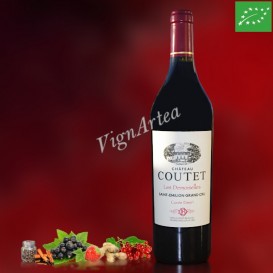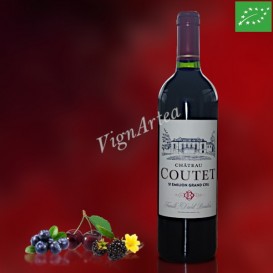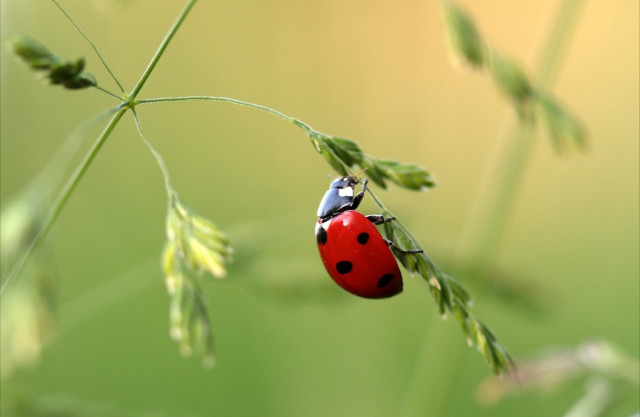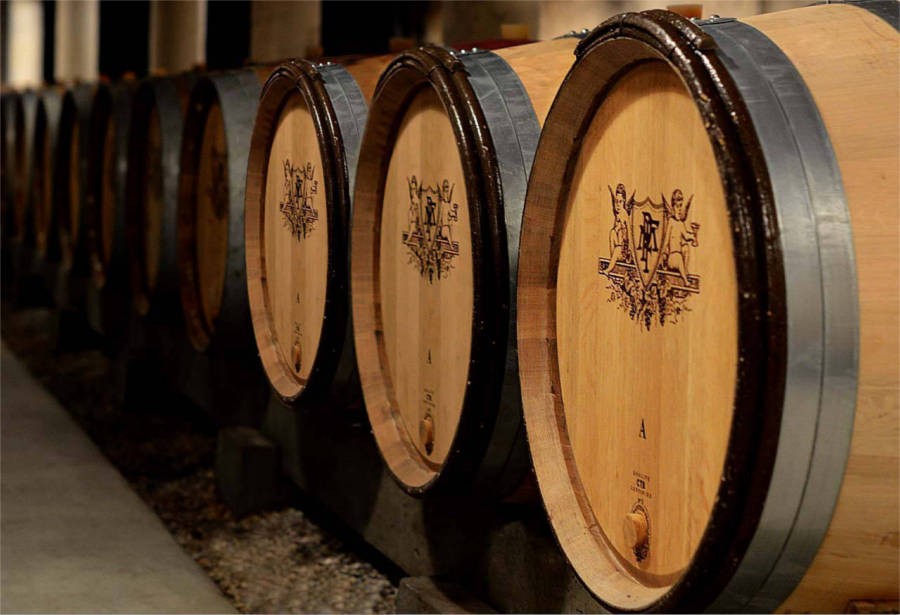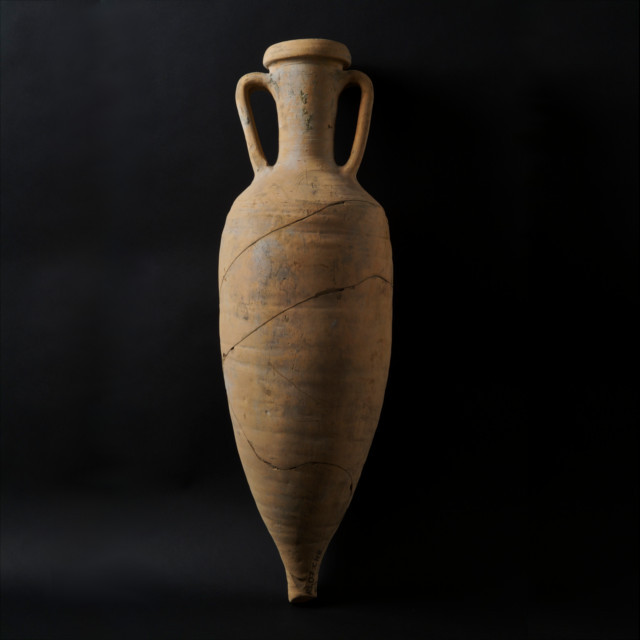Château COUTET

SAINT-ÉMILION GRAND CRU 12 ha ORGANIC AGRICULTURE WINEMAKER: Famille DAVID-BEAULIEU
ESTATE HISTORY
Château Coutet runs a 12-hectare vineyard where the cultivation methods have not changed for nearly 200 years. These lands, still free of any chemical treatment, have recently been cultivated according to the principles of the agroforestry: the presence of trees and hedges between the different plots helps maintain the local fauna and flora that are essential to the vines. 4 ha of the total park are used as a refuge for animals and insects that are so precious for the vine.
The estate has been certified Organic Agriculture since 2012.
TERROIR
The vines are spread over about twenty parcels located on the plateau of "Saint-Martin de Mazerat", the "Côte de Franc" and the hillside foot, on soils dating essentially from the lower Oligocene, a geological period of the Tertiary period which is between -34 and -23 million years old. Almost half of the vineyard lies on a limestone with fossilized starfish bench covering the top of the plateau, whose formation took place when the sea invaded the region again and for the last time during the Oligocene.
Progressively, and following the slope that goes down towards Libourne, this limestone bank is covered by a thick layer of clay and castillon limestone, this type of lacustrine sedimentation testifying to the presence of a carbonated lake that the sea left behind when it withdrew. At the bottom of the slope, the soil is covered with fluvio-lacustrine sediments: we find sands and green clays which were deposited in a sometimes lacustrine, sometimes marshy environment.
WINEGROWING & WINEMAKING
The wine is a blend of four grape varieties with a majority of Merlot.
The variety of Merlot cultivated here by this estate, dates back to the Middle Ages. It is called, more precisely, the Merlot à Queue Rouge, not to be confused with the Melon à Queue Rouge from the Jura!
This grape variety, whose oldest vines are over 95 years old, has preserved its genetic profile over the centuries thanks to the massal selection that the estate has always practiced: this reproduction technique, which consists of taking cuttings from the mother vine, makes it possible to preserve all its characteristics. It can be recognized and distinguished from the recent and common variety of Merlot by the smallness of its very concentrated berries and the low density of the bunches that a vine can produce.
In order to have its wines reflect the different terroirs of which it is composed, the estate works with indigenous yeasts and natural bacteria that populate the cellar and are involved in the wine fermentation. The wine is aged in vats and mostly in oak barrels for 18 months, with a small proportion of new barrels to complete the blend and give it a touch of toast.
-
Château COUTET Les Demoiselles 2018 (DAVID-BEAULIEU Family)
89,90 € In stock!BORDEAUX - AOP SAINT-ÉMILION GRAND CRU CLASSÉ - RED WINE
Grape varieties: Merlot (50%) - Bouchet (50%)
Organic Wine Native yeasts
Ageing for 18 months in oak barrels- Nose: delicate and tasty. Notes of redcurrant, strawberry, blackcurrant, black pepper, cinnamon and ginger with a beautiful floral touch.
- Palate: structured by fine tannins. Slightly woody finish.
Tasting date: May 2022.
OUR OPINION: a very nice wine of gastronomy!
-
Château COUTET 2017 (DAVID-BEAULIEU Family)
33,00 € In stock!BORDEAUX - AOP SAINT-ÉMILION GRAND CRU CLASSÉ - RED WINE
Grape varieties: Merlot (60%), Bouchet (30%), Prayssac (7%), Cabernet Sauvignon (3%)
Organic Wine Native yeasts
Ageing in oak barrels and in tanks for 18 months- Nose: rich and dense. Pepper notes, ripe black fruits, leather and a hint of menthol.
- Palate: fine tannins. Nice finish with a hint of vanilla.
Tasting date: October 2020
OUR OPINION: robust - rich - fragrant. A generous Bordeaux Grand Cru with great finesse.

